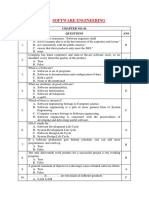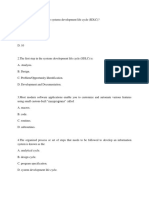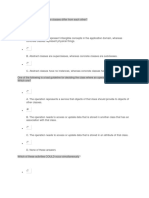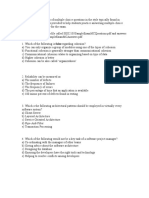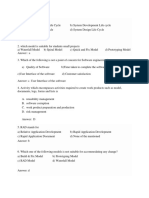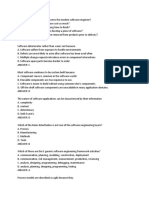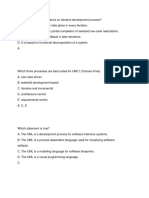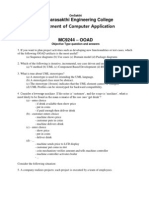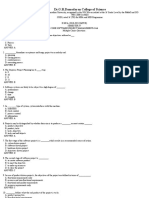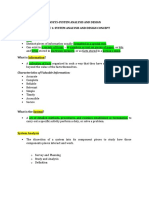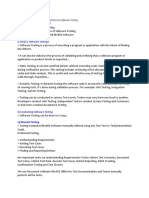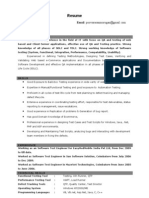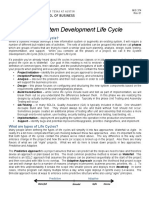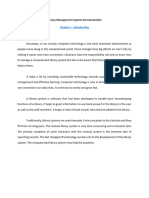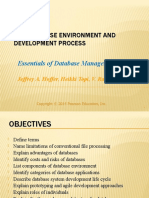0% found this document useful (0 votes)
17 views12 pagesRemoval Exam Reviewer SLDC2
The document consists of multiple-choice questions and true/false statements related to software development concepts, including the Software Development Life Cycle (SDLC), design patterns, testing methodologies, and software architecture. It tests knowledge on various topics such as Agile methodology, version control systems, and software maintenance practices. The answers to the questions are provided at the end of the document.
Uploaded by
fmarquezjr35Copyright
© © All Rights Reserved
We take content rights seriously. If you suspect this is your content, claim it here.
Available Formats
Download as PDF, TXT or read online on Scribd
0% found this document useful (0 votes)
17 views12 pagesRemoval Exam Reviewer SLDC2
The document consists of multiple-choice questions and true/false statements related to software development concepts, including the Software Development Life Cycle (SDLC), design patterns, testing methodologies, and software architecture. It tests knowledge on various topics such as Agile methodology, version control systems, and software maintenance practices. The answers to the questions are provided at the end of the document.
Uploaded by
fmarquezjr35Copyright
© © All Rights Reserved
We take content rights seriously. If you suspect this is your content, claim it here.
Available Formats
Download as PDF, TXT or read online on Scribd
/ 12

















